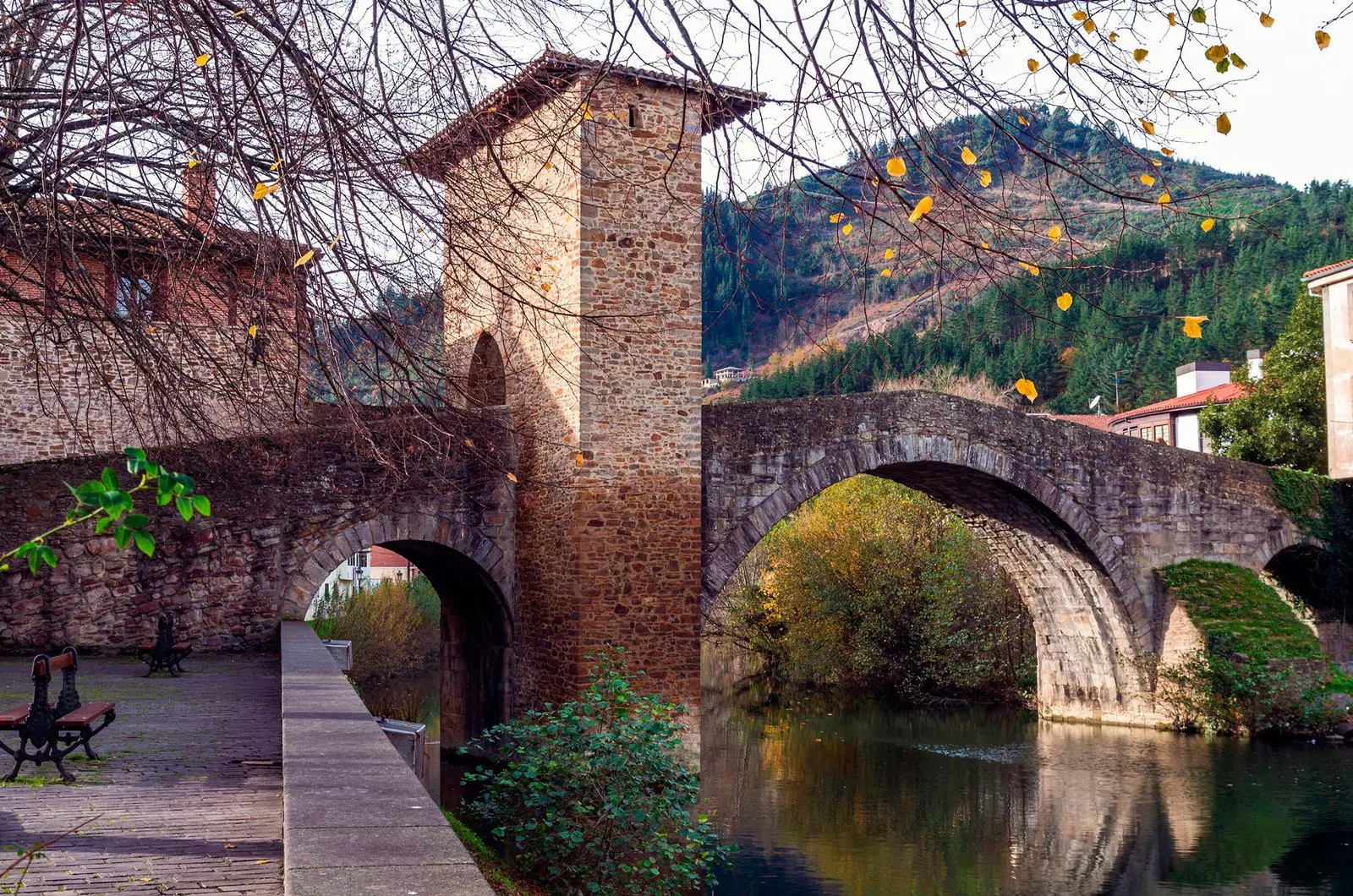
Balmaseda's charm lies in its narrative capacity
That a town combines a beautiful historic center with a privileged natural environment is already promising. Balmaseda does. Located in the region of Enkarterri, about 30 kilometers from Bilbao, its network of medieval flavor sits on a narrow gorge bathed by the river Kadagua, with the silhouette of Mount Kolitza like a sentinel on the horizon.
But the charm of what was the first town in Bizkaia, founded in 1199, lies in its narrative capacity. Yes, this town tells many stories. That of a forgotten Camino de Santiago that crossed the mountains, that of the dawn of industrialization in the north of the peninsula, that of a stew born on the railway and even that of the most distinctive garment of the Basque territory.
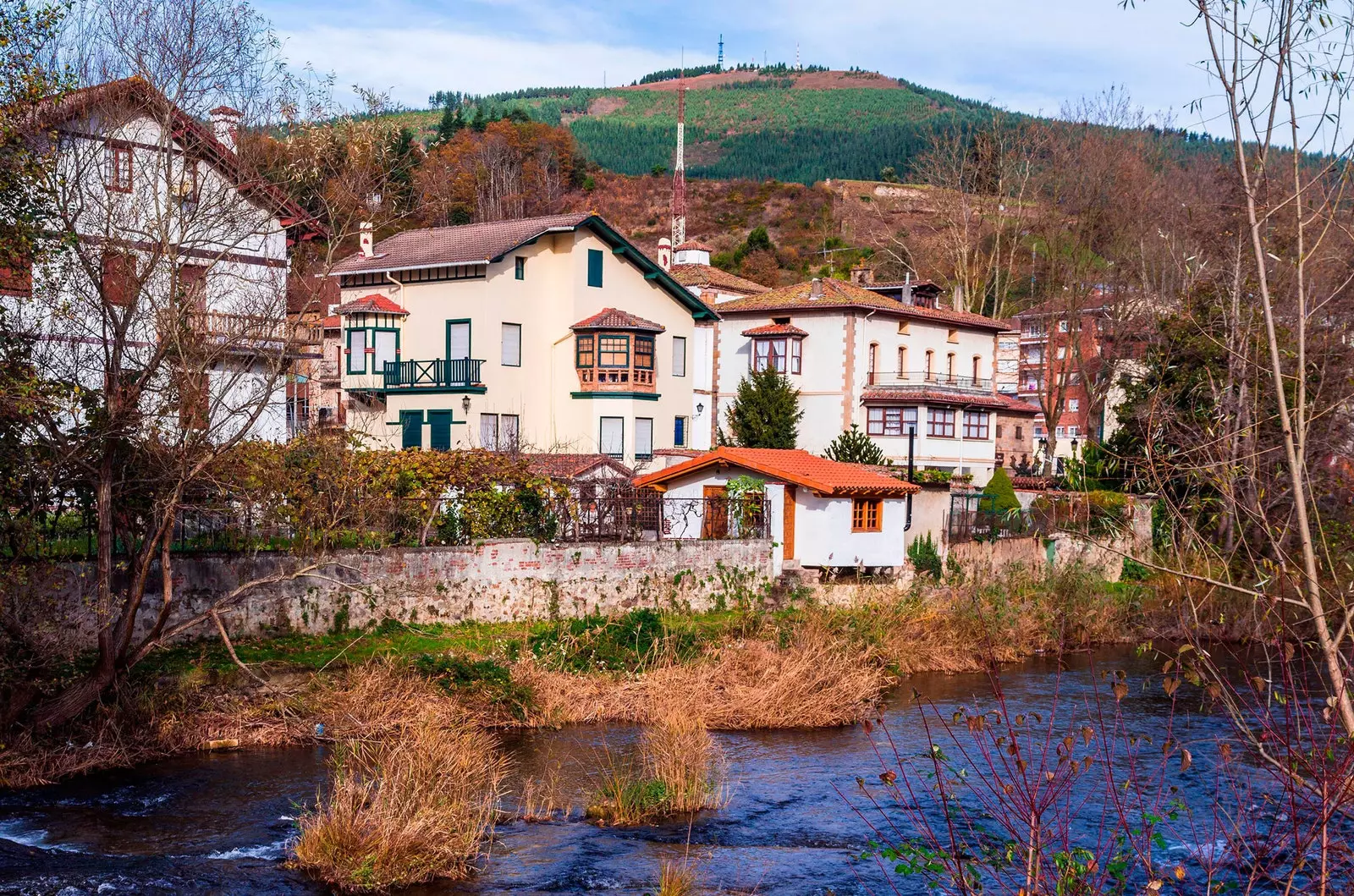
Balmaseda, the town of txapelas, putxeras and living passions
TRACES OF A PROSPEROUS PAST
It is not difficult to conjure up the flourishing past of this place when you first arrive. Especially if one takes into account its strategic position as a point of connection between the plateau and the coast, a circumstance that was used to impose a toll on merchants. With that, Balmaseda grew rich in the heat of trade.
From that medieval splendor remains the Old Bridge, from which the tax to access the town was collected. This majestic monument, which bridges the Kadagua gap, is the emblem of the town (it even illustrates its coat of arms) and the only testimony of an ancient wall of which not a single trace remains.
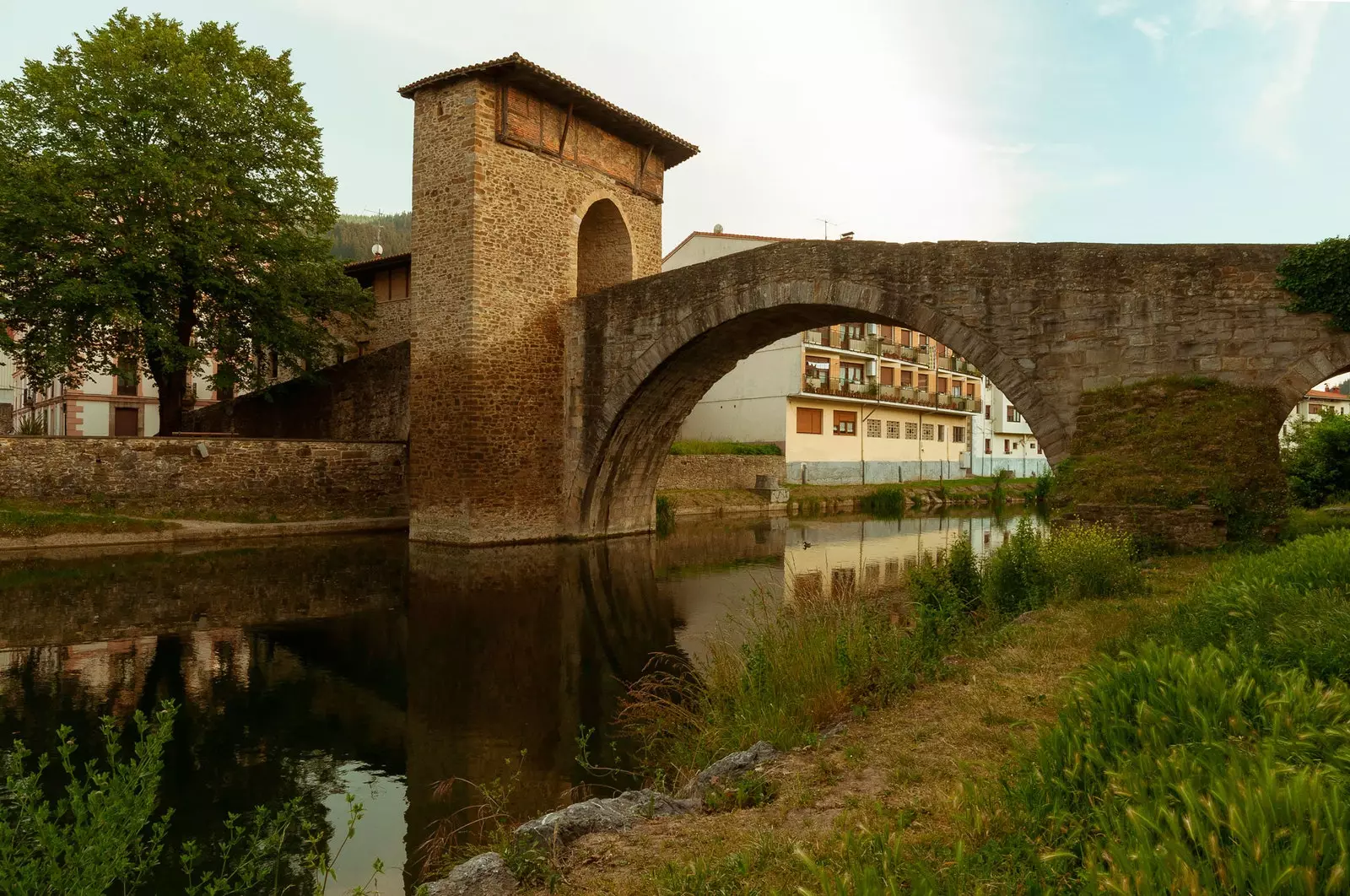
Balmaseda Old Bridge
Later, in the historic center, declared a Site of Cultural Interest, everything will be lost in some narrow streets full of churches, mansions and stately homes, in which the different styles coexist in harmony.
From the baroque and classicist the palaces of Urrutia and Horcasitas, to the gothic the church of San Severino, going by the 18th century Town Hall, which is colloquially called "the mosque" because of its Mudejar-inspired portico.
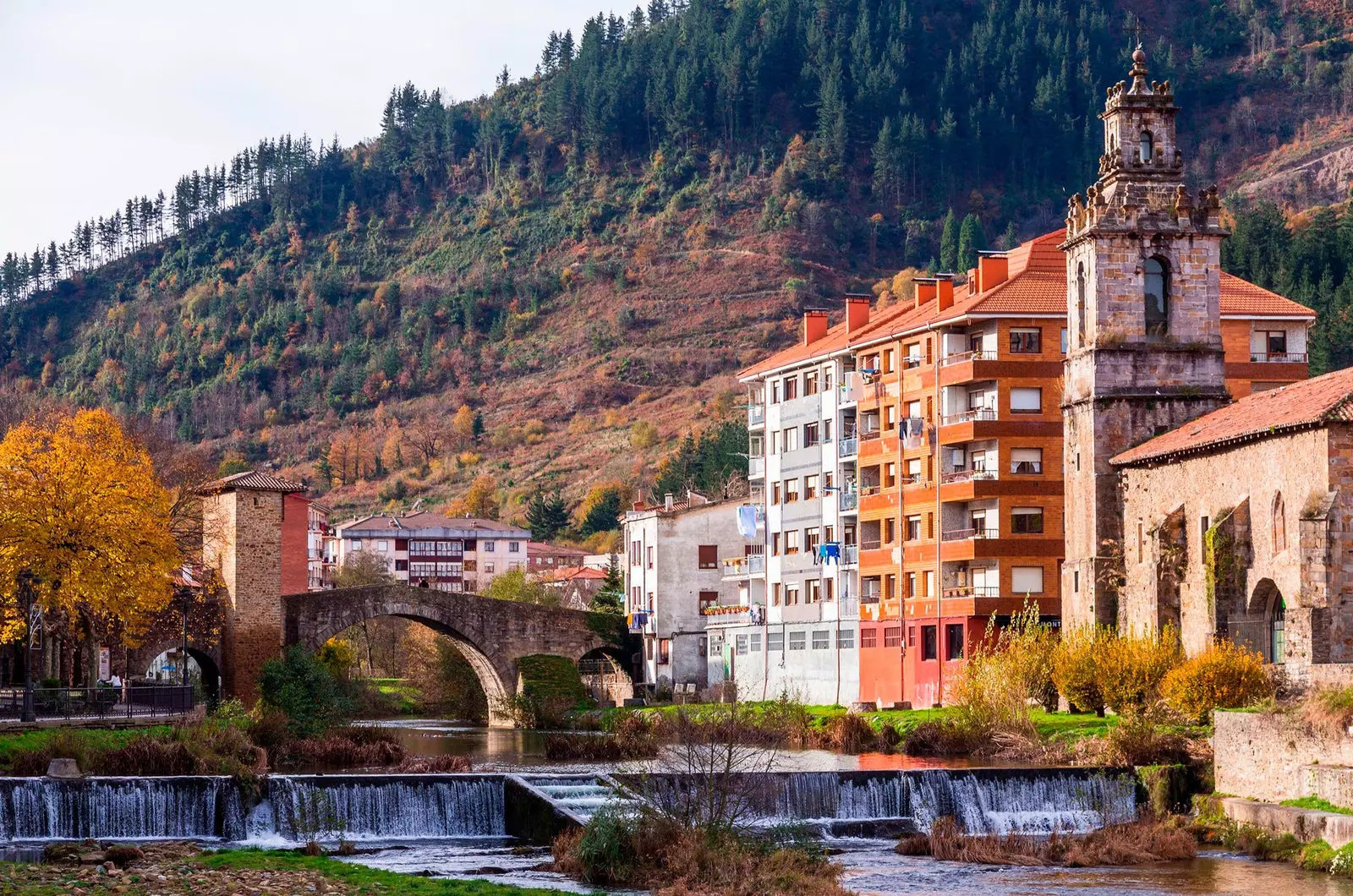
Balmaseda, a trunk of memories half an hour from Bilbao
IN SEARCH OF EXTREME REALISM
This main square that houses the temple and the town hall is, precisely, the scene of one of the most famous traditions of Balmaseda: that of the living passion of Holy Week, in which the whole town turns with impressive fervour.
Here realism is serious business. Mothers prepare their children from childhood for the stereotype of Jesus. Young women let their hair grow to represent Mary Magdalene and the apostles not only physically prepare themselves to carry the 80 kilo cross but they try to be members of the same gang because of the complicity.
The Living Passion Interpretation Center It allows to know all the aspects of this peculiar Way of the Cross.

Living Passion after passing the Old Bridge in Balmaseda
THE TRAIN THAT AWAKENED THE HUNGER
Beyond the monumental complex, Balmaseda, which formed part of an alternative route for pilgrims that also ran through Bilbao, Alonsotegi, Güeñes and Zalla, today welcomes visitors with a gigantic putxera in honor of another of its icons.
Let's go back to the end of the 19th century, when steam locomotives spit endless columns of smoke into the sky. Those were the times of industrial development and the famous Robla Train which made it possible to export the iron extracted from Bizkaia and, at the same time, import coal for combustion from León.
On these long journeys, one fine day, one of the train drivers came up with the formula to eat rich and warm: a small stove that allowed to elaborate succulent stews taking advantage of the steam of the railroad. Thus was born the tradition of the putxera, which in other places is called the railway pot.
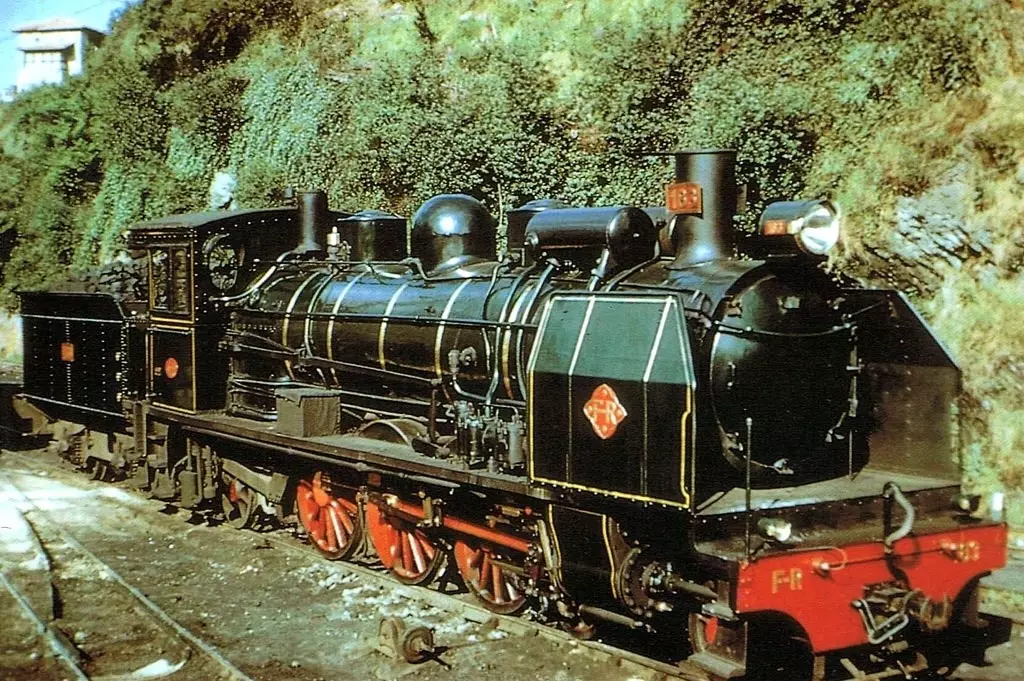
A locomotive of the La Robla Railway, at the Valmaseda station, in the 1960s
A PLATE AS A SOCIAL FUNCTION
Today this word designates both the container in question and the dish that has been made since those days when the wagons were flooded with a delicious aroma: red beans and what in these lands are called "sacraments" and that come to be bacon, chorizo, black pudding... and other caloric delicacies.
The putxera in Balmaseda transcends its gastronomic condition to achieve a meaning of shared celebration. It is the menu that the gangs prepare (they say that the men do better) and the reason for a contest that takes place on October 23 (when the situation allows it). This day, feast of San Severino, the streets are filled with people willing to discover the most successful elaboration.
The rest of the year, the putxera is present in the restaurants of Balmaseda. Although there will always be those who prefer to give potting , that art of drinking wines or zuritos from one bar to another. For this the appointment is in Martín Mendía street, full of lively locals.
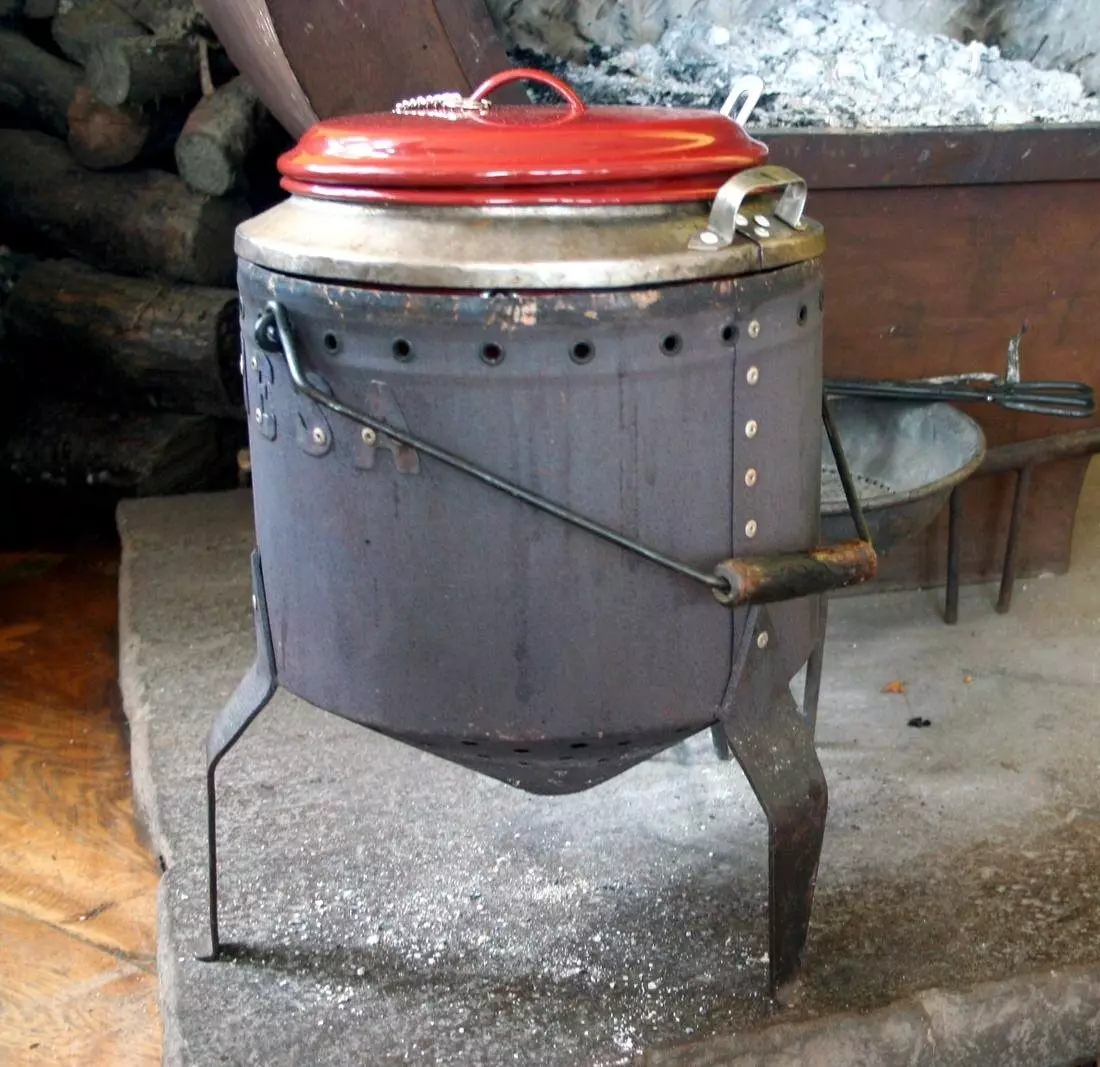
The traditional putxera, also called the railway pot
BERETS TO TRAVEL IN TIME
Witness to the golden age of the industry is also the La Encartada factory, specialized in making txapelas (the famous Basque berets). A place converted into a museum that allows you to travel to the 19th century through sophisticated machinery that is preserved intact.
It is also a kind of cultural center with a rich program of events, courses and workshops around textile fashion. But above all, it is a tribute to this everyday garment that comes from traditional clothing and is a benchmark in the identity of the Basque people.
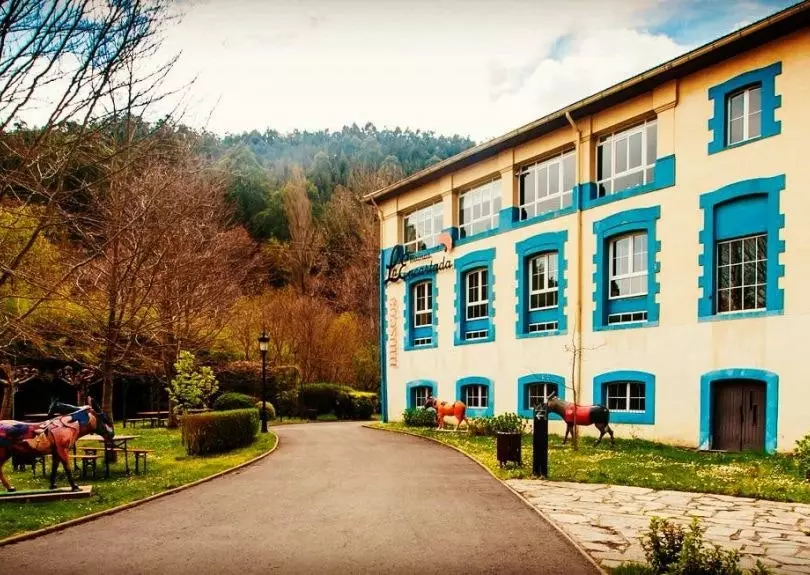
La Encartada Factory
